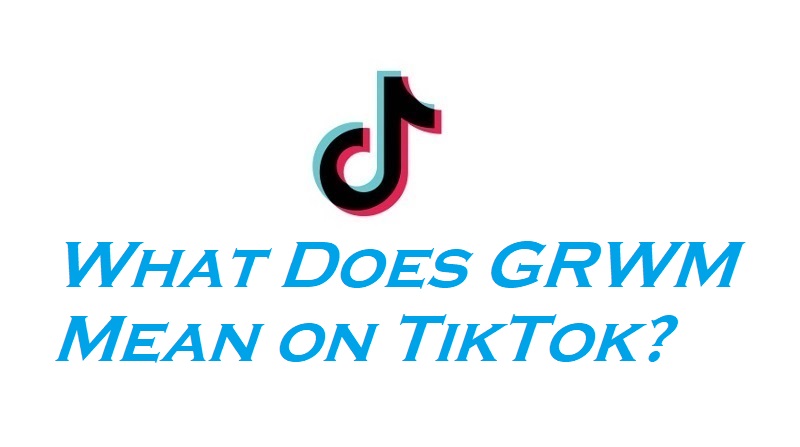If content is the king, data is the compass guiding the entire marketing kingdom. In today’s AI-driven advertising world, intuition alone can’t build impactful campaigns — data decides what works and what doesn’t.
From knowing what your audience loves to predicting what they’ll want next, data empowers brands to advertise smarter, spend less, and earn more. Whether you’re a startup building awareness or a global brand refining your strategy, data-driven advertising is now the backbone of every successful campaign.
Let’s explore how data helps brands craft personalized, performance-driven campaigns that convert clicks into loyal customers.
1. Personalization That Connects
Modern consumers expect ads that feel made for them, not random promotions. According to HubSpot’s 2025 State of Marketing report, 82% of marketers say personalization improves customer retention, while 72% of consumers are more likely to engage with tailored content.
By analyzing behavioral data — browsing history, engagement rates, and purchase patterns — marketers can create messages that resonate on an emotional level.
Example: Spotify’s “Wrapped” and Netflix’s personalized banners use user data to make every recommendation feel personal, building stronger brand loyalty.
2. Identifying the Best Opportunities
Data doesn’t just tell you what worked — it reveals why it worked. Through performance analytics, brands can identify high-impact audience segments, ad placements, and timing patterns.

With tools like Google Analytics 4, Meta Ads Insights, and HubSpot Marketing Hub, advertisers can compare A/B test results and allocate budget to what truly drives conversions.
Result: Smarter ad spending, higher ROI, and fewer wasted impressions.
3. Knowing Your Customers — Deeply
Data turns audiences into people you truly understand. Social listening, CRM data, and AI-based sentiment analysis give insights into what your customers care about, complain about, and celebrate.
This intelligence helps refine not only the campaign message but also the product itself — aligning offerings with real-world expectations.
Example: Nike uses first-party data from its apps to adjust local store inventory and micro-target ads by city and weather conditions.
4. Boosting Engagement and Retention
When your ads speak the customer’s language, engagement follows naturally. Data allows marketers to serve content at the right time, through the right channel, and in the right tone.

AI now predicts when users are most likely to interact with your message — boosting click-through rates (CTR) and conversion rates.
According to Think with Google (2025), personalized ad timing can increase engagement by up to 30% across retail and service sectors.
5. Targeting the Right Audience
Precision targeting is where data shines brightest. Advanced analytics use demographic, psychographic, and behavioral factors to ensure that your ads reach people who are actually interested.
For example, a diaper ad shown to new parents through Facebook’s custom audience targeting (using household data) performs 4× better than the same ad shown to the general public.
Bottom line: Smart data usage eliminates guesswork — and wasted spend.
6. Improving Product Development
Advertising data doesn’t just shape marketing — it feeds back into product innovation. By analyzing customer feedback, keyword trends, and social-media chatter, companies can see what features audiences want next.
This continuous loop of data → insight → development keeps products aligned with market needs.

Example: Coca-Cola used social sentiment analysis to identify flavor preferences before launching “Coke Zero Sugar Cherry.”
7. The Role of AI and Predictive Analytics in 2025
Artificial intelligence has completely changed how marketers use data. Predictive analytics can now forecast ad performance, budget outcomes, and customer lifetime value.
Marketers use platforms like Google Performance Max, Salesforce Einstein, and Adobe Sensei to automate campaign optimization.
In Short: Data tells you what’s happening — AI now tells you what will happen next.
Final Thoughts
Data-driven marketing isn’t just a trend — it’s the foundation of every high-ROI campaign in 2025. Whether it’s personalization, customer insight, or predictive targeting, data ensures that every dollar spent brings measurable returns.
If you’re still planning ads based on “gut feeling,” it’s time to let data lead the way. Combine creativity with analytics, and your next campaign won’t just reach people — it’ll resonate with them.





